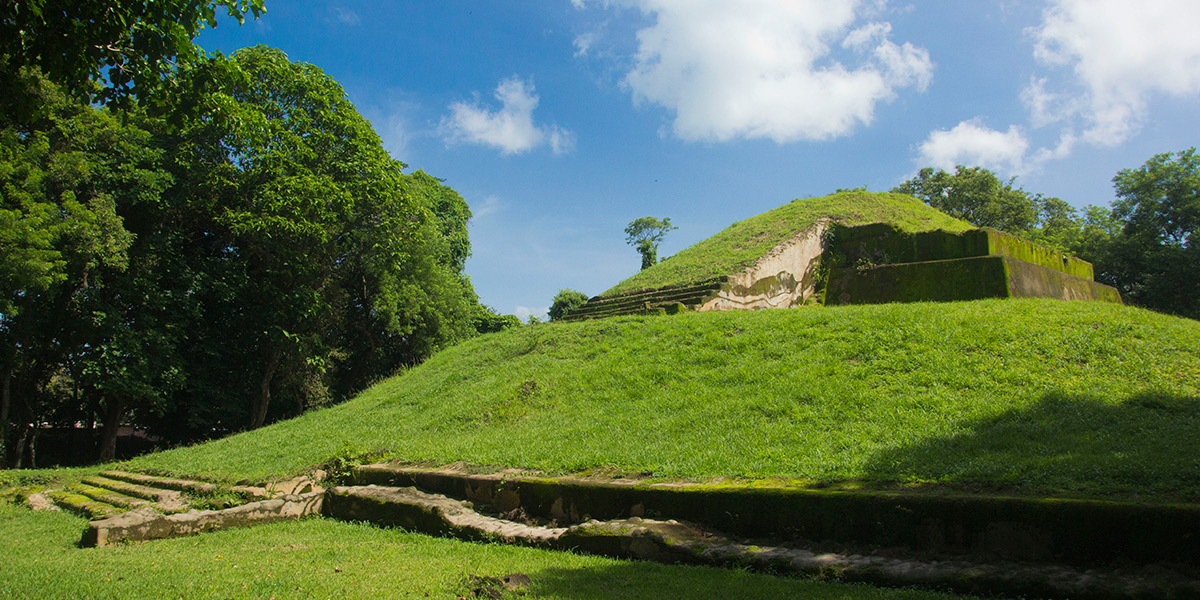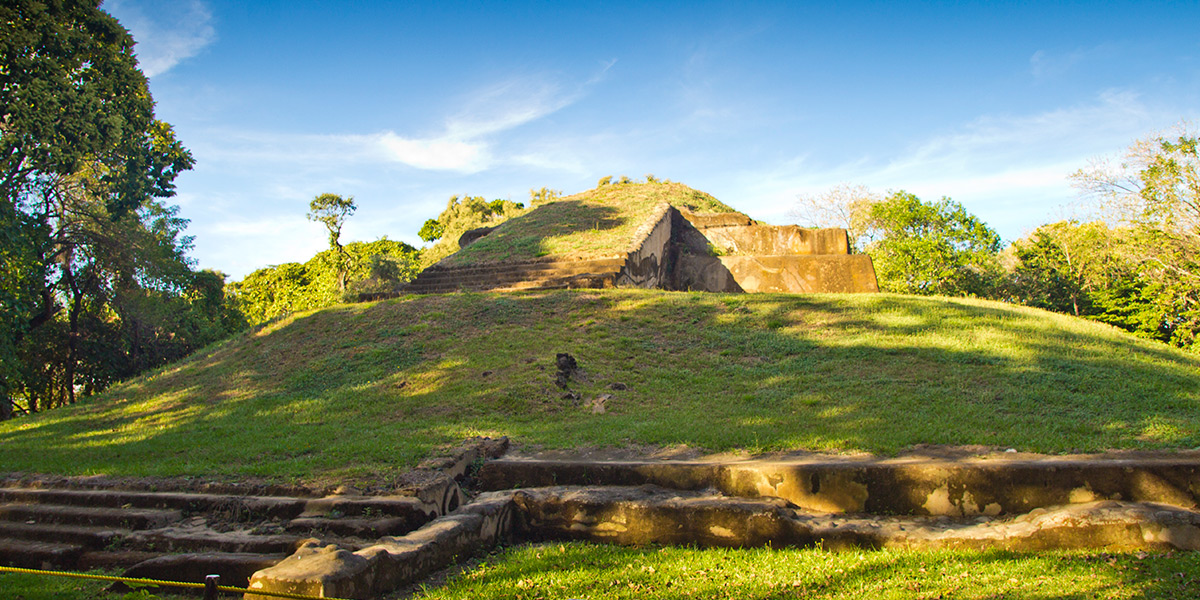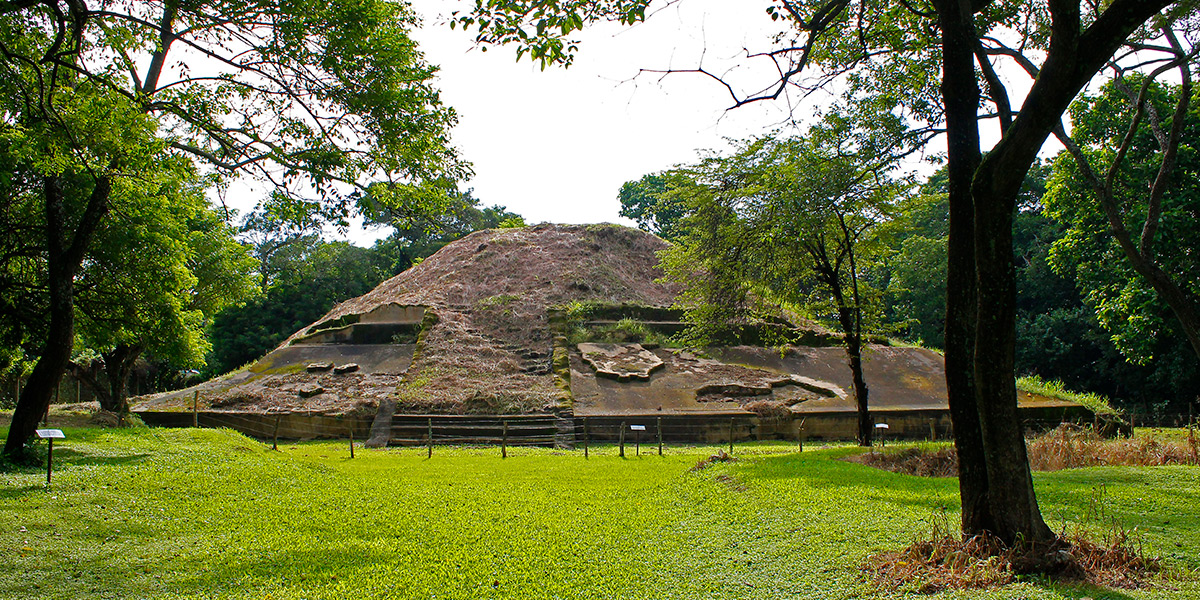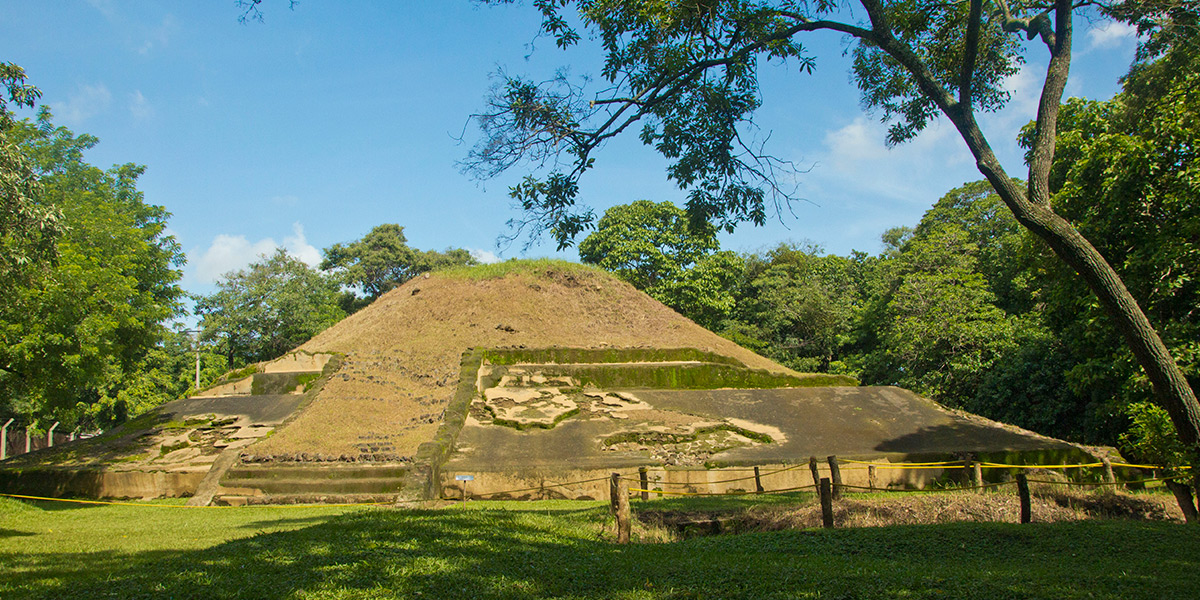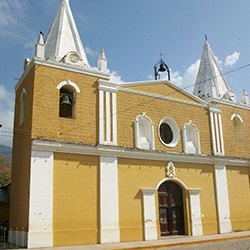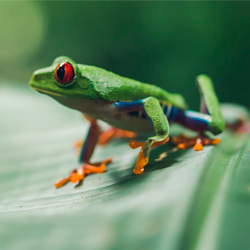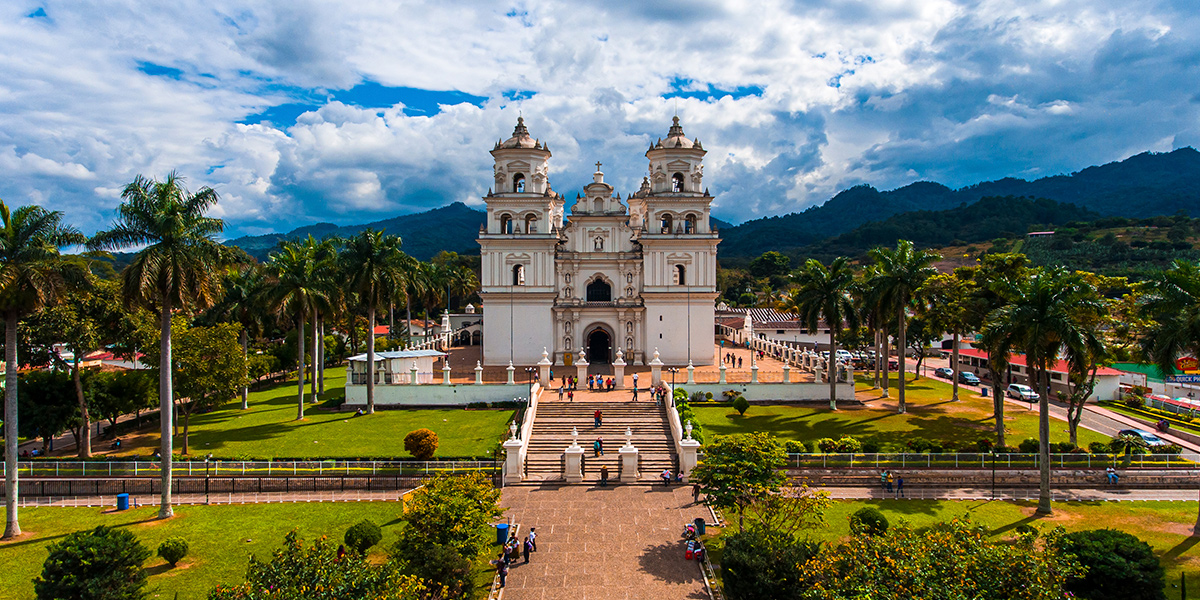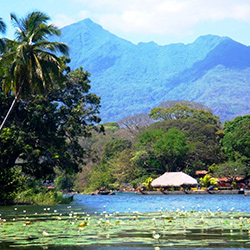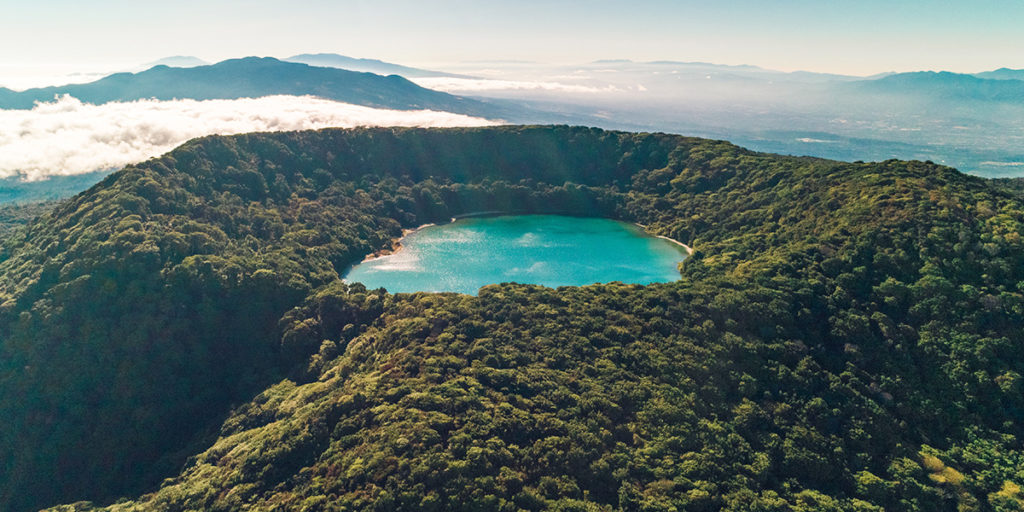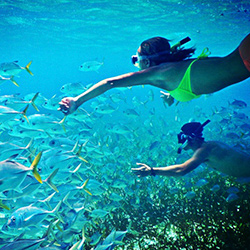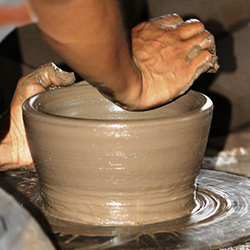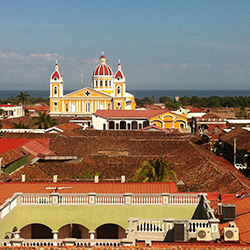Casa Blanca became the center of an important Mayan early manor
Casa Blanca has an area of six hectares, which represents a fragment of a much larger site, now basically destroyed due to the growth of the city of Chalchuapa. Along with the neighboring area of El Trapiche (outside the park), Casa Blanca became the center of an important Mayan early manor, from the late Pre-classic period (approximately between 200 B.C. and 250 A.D.). The largest known pyramid in El Salvador was built in the area of El Trapiche, and in front of it was placed a stele which text was erased in remote antiquity. Another structure of that time (investigated before its destruction) contained the remains of more than 30 people, apparently sacrificed; possibly captives of one of the war campaigns led by this ancient kingdom.
The site has provided evidence of human activity that goes back almost 5,000 years. This is the record of pollen in a small lagoon in the area that indicates the destruction of the primary forest followed by the cultivation of corn, dramatically signaling the introduction of intensive agriculture, and the establishment of life in villages that gave rise to Mesoamerican civilizations. The latest findings in Casa Blanca are burials with offerings of the period that closes with the invasion of the Spanish, the Post-classic.
The Government bought the Casa Blanca area in 1977, and after several years of work Casa Blanca was inaugurated as a park in August 2002. The museum exhibits El Trapiche Monument 1, the only stele with Maya writing known in El Salvador. Unfortunately, it is a fragment and almost all of its text was intentionally erased during the pre-Hispanic era. The drawing represents what is left of the Mayan glyph records and the figure portrayed.
Another attraction of Casa Blanca is its indigo workshop. The workshop is managed by people trained in this cultural tradition, who teach classes of different methods and dyeing materials in blue shirts, wallets and other products. Also, there is a “puntero”, a person who guarantees the right quality in the production of natural coloring from their raw material, the plant called jiquilite. The workshop has an obraje (piles to produce indigo) that, if you are lucky enough to visit in a day of production, you will see in full action.
GEOPOSITION
Useful information - Don't leave anything
Entrance Fee: Residents: US$1.00 / Foreigners: US$3.00
Contact information
OTHER PLACES OF INTEREST THAT MAY INTEREST YOU
OTHER WAYS TO LIVE CENTRAL AMERICA
RECOMMENDED TOURS

